14 Ways Drones Helped Make the World a Better Place in 2021
BY Zacc Dukowitz
30 December 2021Every year, we hear more and more about the ways that drones are doing good in the world.
2021 saw some incredible advancements for drone applications, from the first lungs being delivered by drone for transplant, to a new cold-chain capability developed to deliver COVID-19 vaccines, to helping police catch a man who stole a French Bulldog puppy.
Here’s our list of the top 14 drones for good stories from this year.
1. Nabbing French Bulldog Puppy Thief
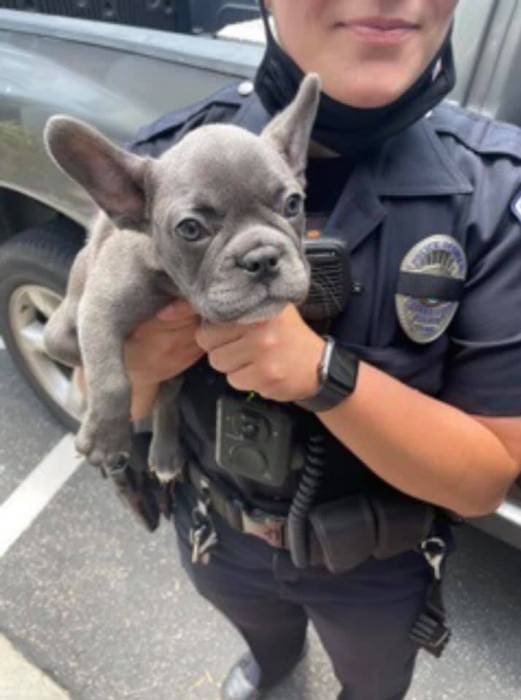
Credit: Culver City Police Department
This year, police in Culver City, California used a drone to catch a man who stole a puppy at gunpoint.
The man was responding to an ad he’d seen on Craigslist about a gray, 10-month old French Bulldog. When the owner showed the man the puppy, he took out a semi-automatic handgun, grabbed it, and ran.
Police tracked the thief down a few days later. When he fled, the Culver City Police Drone Team used their DJI Phantom 4 Pro to conduct a perimeter search, helping them find and apprehend the man. The puppy was recovered unharmed and reunited safely with its owners.
2. Saving Endangered Dolphins from Extinction
There are currently only 63 Māui dolphins left in existence. These dolphins live off the west coast of New Zealand, and are in severe danger of going extinct.
But a drone could help save them.
The drone is called the Māui63, and it’s being developed specifically to find and track dolphins using visual drone data and A.I. technology.
In addition to finding and tracking Māui dolphins, the drone will gather information about how the dolphins behave, their habitat, and the changing size of their population. Scientists hope to use this data to conduct risk modeling for the dolphins and to shape policy in New Zealand that could help protect them.
3. Delivering COVID-19 Vaccines


Credit: Zipline
In February, Zipline announced the creation of a new cold-chain distribution capability it had developed.
Moderna’s vaccine must be kept at minus 4 degrees Fahrenheit (minus 20 Celsius)—about the temperature of a freezer—and Pfizer’s must be kept at an even colder minus 94 degrees Fahrenheit (minus 70 Celsius).
Maintaining these ultracold temperatures for vaccine delivery and storage has presented logistical nightmares for transportation and storage. Solving the cold-chain issue was a major development for drone delivery, giving Zipline the ability to deliver vaccines within any of the countries in which it operates.
4. Helping Turn Ancient Native American Earthworks into a UNESCO World Heritage Site


Watch this video on YouTube
Drone imagery could provide crucial evidence in a case historians are making to preserve the ancient Octagon Earthworks in Newark, OH by making it a UNESCO World Heritage Site.
The earthworks were built by Native Americans over 2,000 years ago as a way to measure the movements of the sun and moon. They are currently located on a golf course at the Moundbuilders Country Club.
Over time, many of these earthworks and other similar ones throughout the state have been destroyed due to a lack of awareness about their importance. If the Octagon Earthworks can be made a UNESCO site, it could help preserve them—and aerial imagery may be crucial to making the case for their preservation.
5. Protecting Endangered Golden Eagles
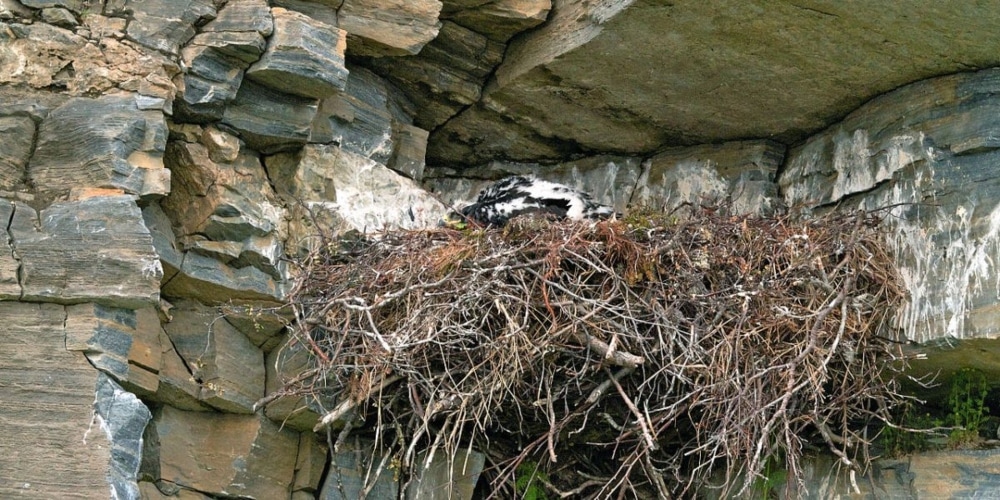

Hawkwatch International is a nonprofit whose focus is on conserving the environment through a special focus—providing education, long-term monitoring, and scientific research on raptors as indicators of ecosystem health.
As part of its work, volunteers used drones to try and find out why golden eagles were dying at such a high rate in 2021.
The project was a collaboration between Hawkwatch and federal, state, and military entities, who have all teamed up with the shared goal of trying to restore the golden eagles’ dwindling numbers.
6. Protecting Endangered Species from Invasive Rats
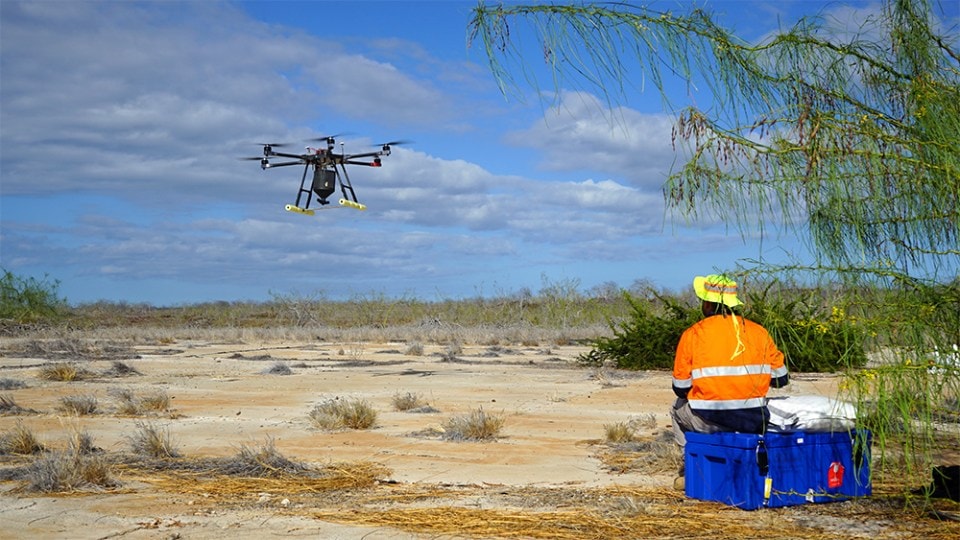

Credit: Island Conservation
Although islands make up only 5% of the planet’s land mass, they house about 20% of all plant, reptile, and bird species.
Further, 75% of amphibian, bird, and mammal extinctions happen on islands—with invasive rats being the primary cause. But an environmental group called Island Conservation is working to reverse that trend with the help of drones.
The drones are used to drop poisoned pellets targeted at killing invasive rats. It has been incredibly successful, resulting in an eradication of 100% of the invasive rat population.
7. Helping Indigenous People Impacted by Climate Change Find a New Home
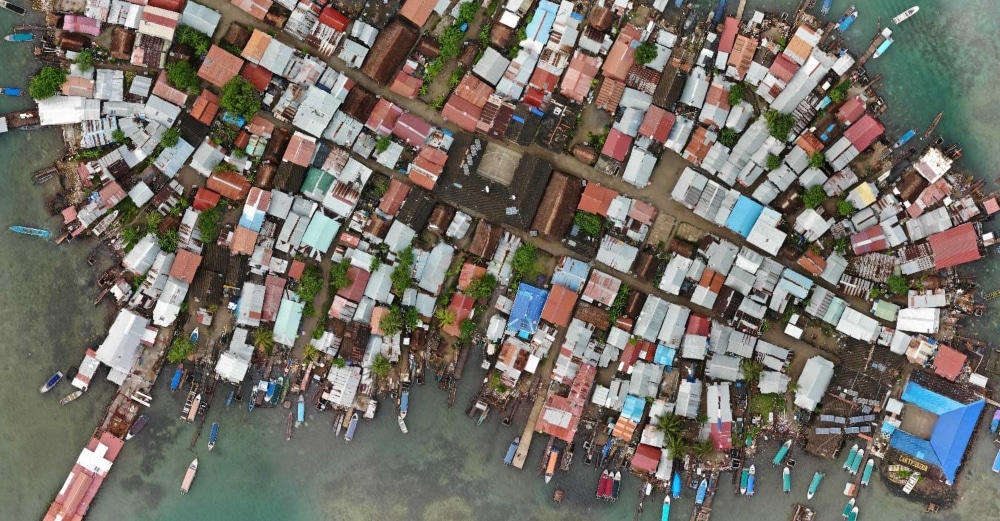

Credit: Panama Flying Labs
In Panama, the Guna people have been facing a rapid loss of their land due to rising waters caused by climate change. For many of the Guna, relocation is now the only option.
To help with relocation planning, Panama Flying Labs used Pix4D’s Pix4Dmapper software to map possible relocation targets. These maps were used by the Guna to better understand their options, and to make informed decisions about where they wanted their future homes to be located.
8. First Lungs Delivered by Drone for Transplant


Watch this video on YouTube
The world’s first lung transplant was successfully delivered by drone this year. The delivery took about six minutes and was made in downtown Toronto, from Western Hospital to Toronto General Hospital, over a distance of just under a mile.
We’ve used planes and helicopters and cars and vans, and oftentimes there’s a challenge in logistics. But it seems not right to use a whole Learjet to transport something that weighs only two kilograms.
– Dr. Shaf Keshavjee, Director of UHN’s Toronto Lung Transplant Program
9. Improving Our Drinking Water
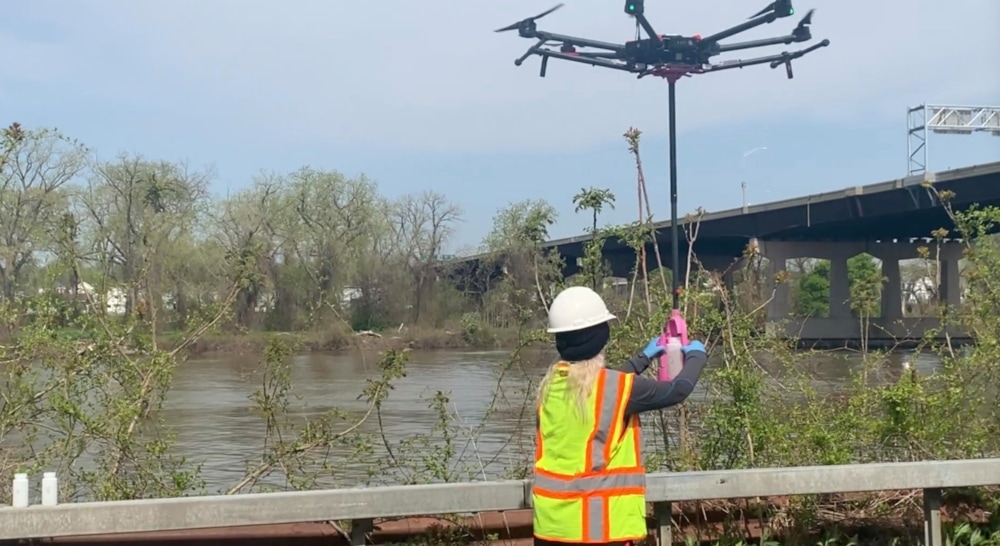

Credit: Reign Maker
This year, a company called Reign Maker released a device called Nixie that allows you to collect water samples by drone instead of having to collect them in person.
Collecting water samples is a major undertaking. Every year, government employees and contractors take water samples all over the U.S. to test them for contaminants in order to make sure the water is safe to drink.
Most people who do this work either have to walk to the edge of a body of water to take a sample—while making sure not to stir up sediment and contaminate it—or, more commonly, use a boat.
Using a drone with a water sample collection device attached to it can reduce the cost of collecting samples by 90%. Improving the cost and efficiency of collecting these samples doesn’t just make the process more inexpensive—it could actually reduce illness due to water contamination by making it easy to increase the amount of samples taken, and the frequency with which they’re collected.
10. Drones with “Digital Dog Nose” Sensors for Bomb Detection
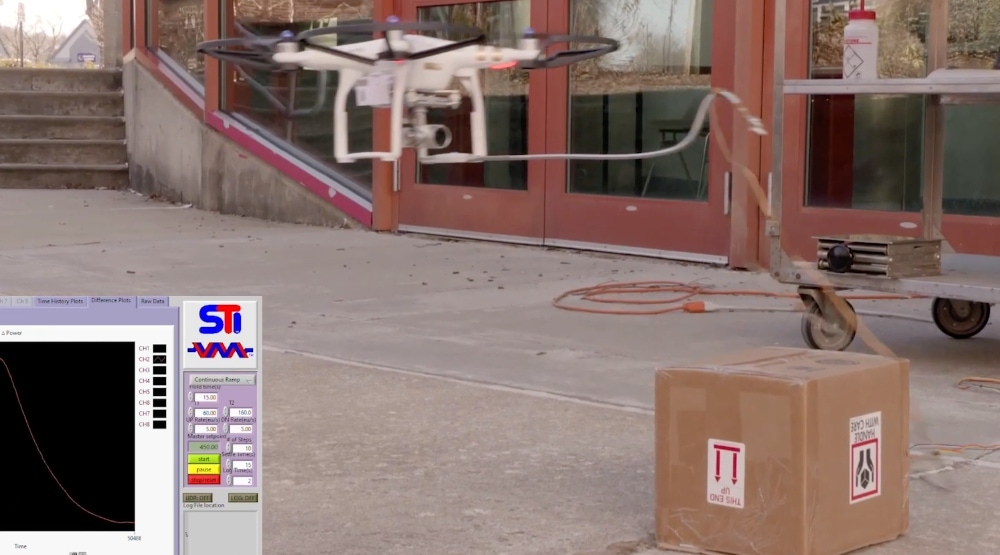

A drone being developed by researchers at the University of Rhode Island has the potential to replace dogs for detecting bombs.
The drone itself is just an ordinary quadcopter—a DJI Phantom 3—but what makes the drone unique is a special sensor attached to it that allows the drone to “smell” different substances, such as the materials used in explosives.
The sensor can pick up very small traces of smells, detecting them at a microscopic level, and has the potential to replace dogs for sniffing out bombs.
11. Drones as Lifeguards


Watch this video on YouTube
This year, the San Mateo Sheriff’s Office began testing the use of drones as lifeguards. The idea is straightforward: you use a drone to fly a life jacket to a person struggling in the water, and drop it down to them.
To carry and drop life jackets, the sheriff’s office uses a unique payload that holds the life jacket in place. Once the pilot wants to drop the life jacket, they can do so by pressing a button on the remote control.
12. Bringing the Internet to Students in Rural Areas


Credit: Wisconsin Telelift
Northland Pines, a school district in rural Wisconsin, helped its students get access to the internet this year with the help of drones.
The drones used in the program were provided by Wisconsin Telelift (or WiscLift), a Wisconsin-based startup, which outfits its drones so they essentially become flying cellphone towers.
Any student in the district who doesn’t have a reliable internet connection at home will be able to tap into the program, significantly expanding connectivity throughout the district.
13. Rescue Operation in Norway Leads to Largest European Drone Operation on Record


Watch this video on YouTube
A landslide in the village of Ask, Norway led to the largest drone operation that has ever taken place in Europe at the start of this year.
The giant, quick clay landslide hit the village of Ask at four in the morning on December 30th, 2020. It was 900 feet wide and 2,000 feet long at the time of impact, and it would ultimately grow to cover over 124 square miles.
Using a combination of drones and helicopters, emergency responders conducted a total of 420 missions looking for landslide victims over a period of several weeks, logging over 200 hours of flight time in the effort.
14. Improving Weather Forecasting and Reducing Carbon Emissions
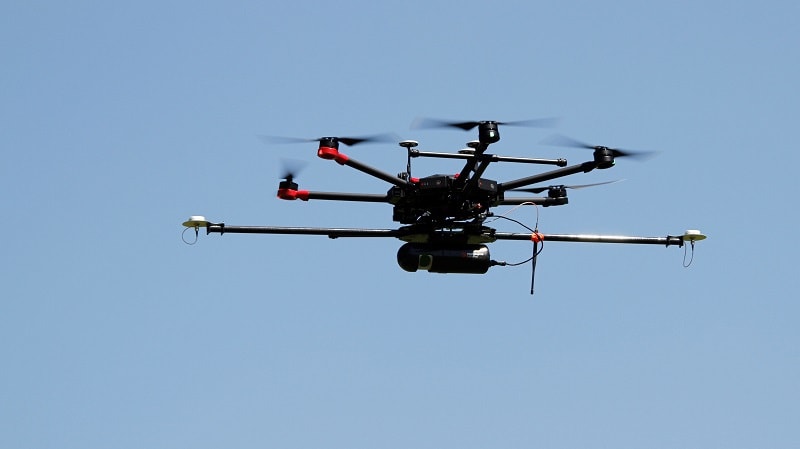

Credit: Routescene
This year, we heard about tests performed by researchers at the University of Wisconsin-Madison for the use of LiDAR-equipped drones to improve our understanding of how forests and vegetation interact with the atmosphere.
The project is called CHEESEHEAD, a long acronym that stands for The Chequamegon Heterogeneous Ecosystem Energy-balance Study Enabled by a High-density Extensive Array of Detectors. (The name is also a joke—Cheeseheads are what Greenbay Packers fans call themselves.)
Despite the lengthy name, the ultimate goal of the research is straightforward: to find ways to reduce carbon emissions by improving our understanding of how the atmosphere interacts with plants.


